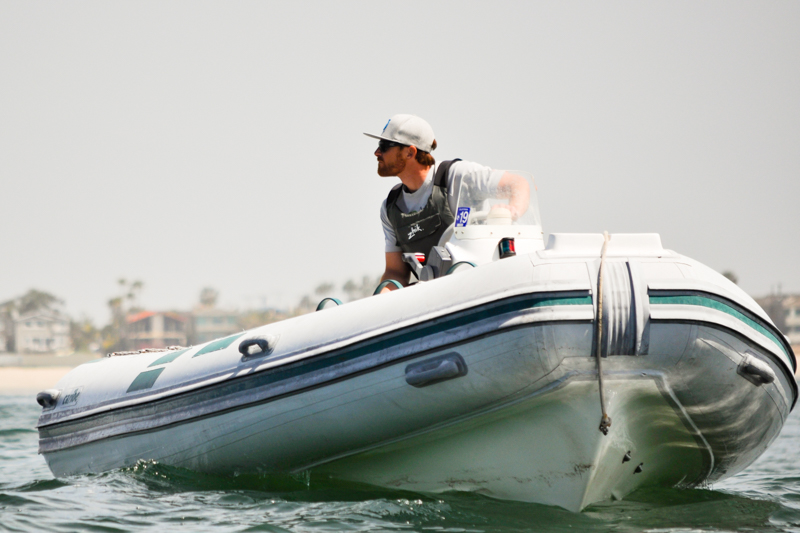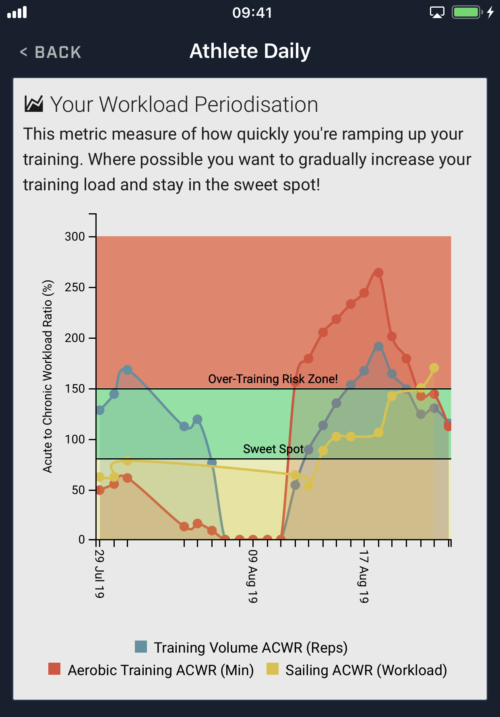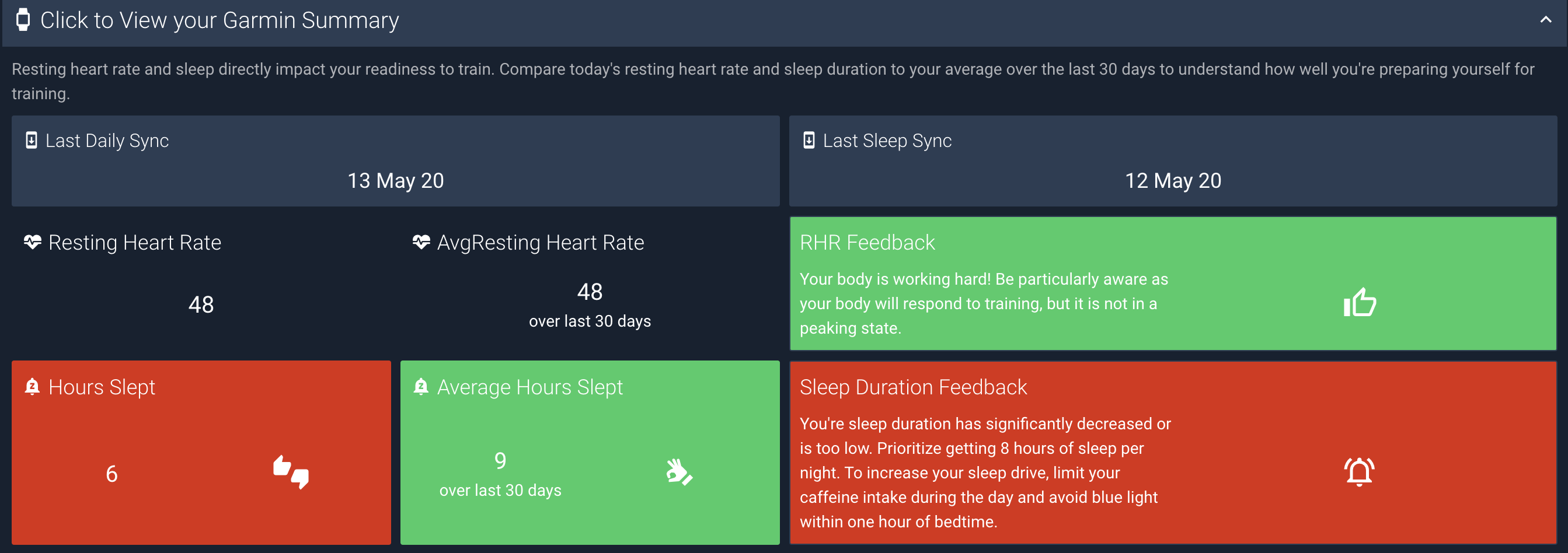
Sailing Injury: Make Sailing Gains This Summer Avoiding This Common Mistake
It’s been a long period of isolation due to the coronavirus and for many athletes, this has been a difficult period trying to forecast schedules and manage expectations. For professional and amateur athletes alike, the motivation to train has been the biggest opponent. For some, the restrictions physically limited the ability to maintain current levels of training, and for others, the potential of a shortened summer of regattas has made us all think, “What’s the point?”
Now, with some hope that sports will be coming back online this summer, athletes everywhere have another risk to consider: injury. Particularly for youth sailing athletes, I’ve seen this same pattern before—athletes decrease their training load during April and May, usually because of exams, and then fully dive into long clinics or training blocks. Without fail, that first training block is latent with athletes getting injured at worst and frustrated at best at their lack of preparation with mutual feelings from coaches. One major difference this year is the quarantine measures, which may have decreased your training load even more without you realizing! While frustration isn’t harmful, it certainly is inefficient especially if you are paying big bucks to join a high level training camp and you can only put in a partial day of quality training. However, injuries are harmful and this injury risk is absolutely predictable and avoidable!
One major difference this year is the quarantine measures, which may have decreased your training load even more without you realizing!
One metric every athlete should be aware of and monitor is their training load. Simply, this metric is a combination of number of days training, the duration, intensity, and recovery. By comparing the average training load of your last 30 days, compared to the average training load of the last 7 days, you can get what is call the Acute To Chronic Workload Ratio (ACWR), and the ACWR is a valid indicator of an athlete’s injury risk.
Don’t think that this is such a big deal? Professional athletes everywhere are concerned about their return to play for this exact reason. Barcelona’s Futbol Club is forecasting 5-10 injuries from players in the first week of play alone and there is concern that the structure of a proposed shortened season combined with the heat of summer will reduce recovery time for the players, adding to injury risk. Simply put, reduced access to gyms and training resources will make any athlete’s return to the game more risky. If you have a wearable device and use SPT’s platform, you can monitor your ACWR and take preventative measures to ensure you reducing your risk of injury this summer.

(One of the strengths of SPT's platform is monitoring athlete load.)
Can I just workout really hard two weeks prior to my regatta or training camp and be OK?
Most likely a quick and intense ramp up in training load through higher intensity and volume workouts will increase your injury risk profile, particularly if you have very low training load prior. Additionally, you would ideally be doing the opposite: decreasing volume and increasing rest and recovery to ensure peak conditions. The goal is always to workout more often.
I have a heart rate monitor and/or smart watch. How are the apps for my devices different than SPT’s system?
Garmin, Polar, and Apple Healthkit are all tools to facilitate the hardware (watches and heart rate monitors). These apps are quite decent at displaying data but few actually provide any significant insights. Remember, these apps are mostly built for the average consumer (i.e. non-athlete). Conversely, SPT’s platform will provide insights and offer unique data displays that are not available in these consumer apps. Don’t believe me? Try to find an ACWR metric in your app, try to analyze your own hear rate graph after your next workout, or judge your readiness to train today based on your hear rate metrics (which metric would you use?). With SPT, you can opt in for an alerts for when your training puts you at risk and you can validate your training by reviewing the data to make sure you are getting the most efficient and safe workout. The power of the SPT platform is the higher level analysis and unique data displays and our incredible and affordable coaches.

OK, if I’m being honest with myself, I haven’t been working out that hard in quarantine and I’ve been fairly sedentary. What should I do now?
Time to slowly build volume and manage your expectations because you might not have the time to be fully prepared. If you track your data using SPT’s platform or a wearable device, then we can safely ramp up your volume and maximize your preparedness without significantly increasing your injury risk. If you aren’t measuring your data and don’t have a background in sports science, first assess your current workout frequency, duration, and intensity. Aim to complete 2-3 workouts each week for two weeks with an RPE (rate of perceived exertion of the workout) of roughly 6/10 and definitely not over 8/10. After two weeks, add another workout day but keep RPEs for workouts the same. This will get you through a month or two of quality volume build. From here, I suggest working with an SPT Coach to maximize your efficiency and education.


